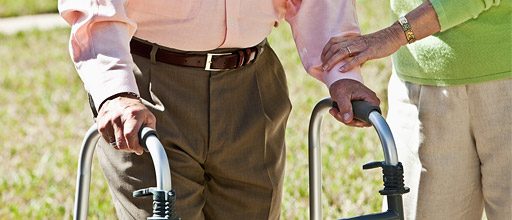
Health authority puts falls research into practice
As the world’s population ages, the impact from a million simple stumbles or broken bones will become substantial, and has forced falls prevention to become a public health priority. One-third of people aged 65 years and older will fall once or more in a year, and the impact can be significant.
Falls and fractures can impact long-term health, lifestyle, families, as well as health services. Researchers at The George note that falls can result in injuries, a loss of confidence and a reduction in physical activity and community participation. In addition, falls are associated with a threefold risk of admission into aged care.
A recent systematic review update conducted by The George Institute and Universities of New South Wales and Sydney, identified the common themes and features of how best to prevent falls. They found that fundamental to avoiding falls is exercise.
According to lead researcher Associate Professor Cathie Sherrington, “A well designed exercise program can prevent falls in older people. But importantly we found that when the program included challenging balance, the prevention effects were bigger. This should include a moderate or high challenge to balance and be undertaken for at least two hours per week on an ongoing basis.”
The outcomes of the review formed eight recommendations for best practice falls prevention programs. They include:
- Exercise must provide a moderate or high challenge to balance
- Exercise must be of a sufficient dose to have an effect
- Ongoing exercise is necessary
- Falls prevention exercise should be targeted at the general community as well as those at high risk for falls
- Falls prevention exercise may be undertaken in a group or home-based setting
- Walking training may be included in addition to balance training but high risk individuals should not be prescribed brisk walking programs
- Strength training may be included in addition to balance training
- Exercise providers should make referrals for other risk factors to be addressed
Researchers are now assisting NSW Health with the implementation of these recommendations. This includes promoting exercise opportunities in the community through the Active and Healthy website, which enables health professionals and consumers to search for exercise programs in their local area.
Researchers also host regular workshops for health and fitness professionals on how to safely deliver appropriate exercise for older people and provide education sessions on exercise directly to groups of older people.

